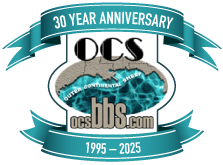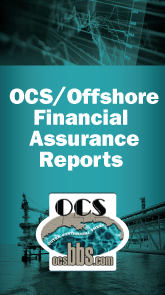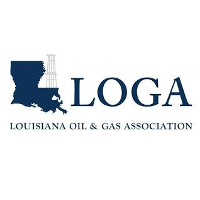Exposed Subsea Valve Assemblies Create Hazards
Effective Date: 6/18/1991
 | Minerals Management Service Gulf of Mexico OCS Region |
Notice No.160
June 18, 1991
Exposed Subsea Valve Assemblies Create Hazards
The Minerals Management Service (MMS) Regulation 30 CFR 250.153(a)(2) states in part that "Pipeline valves, taps, tie-ins, capped lines, and repaired sections that could be obstructive shall be provided with at least 3 feet of cover."
The MMS has become increasingly aware of pipeline-related obstructions that protrude unprotected above the mud line and present a hazard to trawling or other operations on the Outer Continental Shelf. Recently, six documented pipeline accidents have occurred in which several thousand barrels of liquid hydrocarbons were spilled because of improper protection of these subsea valve assemblies (SSVA's). A contributive cause of these accidents is the lack of proper maintenance of the protective material surrounding the SSVA.
In keeping with the intent of 30 CFR 250.150(a), which requires that pipelines and associated valves, flanges, and fittings shall be designed, installed, operated, maintained, and abandoned to provide safe and pollution-free transportation of fluids, the MMS is recommending that the following practices and procedures be enacted to ensure SSVA's are not exposed to damage:
1. To ensure proper cover, newly installed SSVA's should be visually inspected by means of a remotely operated vehicle or third-party underwater diving inspection contractor.
2. All existing SSVA's should be visually inspected on a periodic basis. The frequency of inspection should be determined by the water depth, type of protection, seafloor stability, bottom currents in the area, etc.
3. Where applicable, other methods to provide protection to SSVA should be used as alternatives to sandbagging, which is prone to deterioration.






